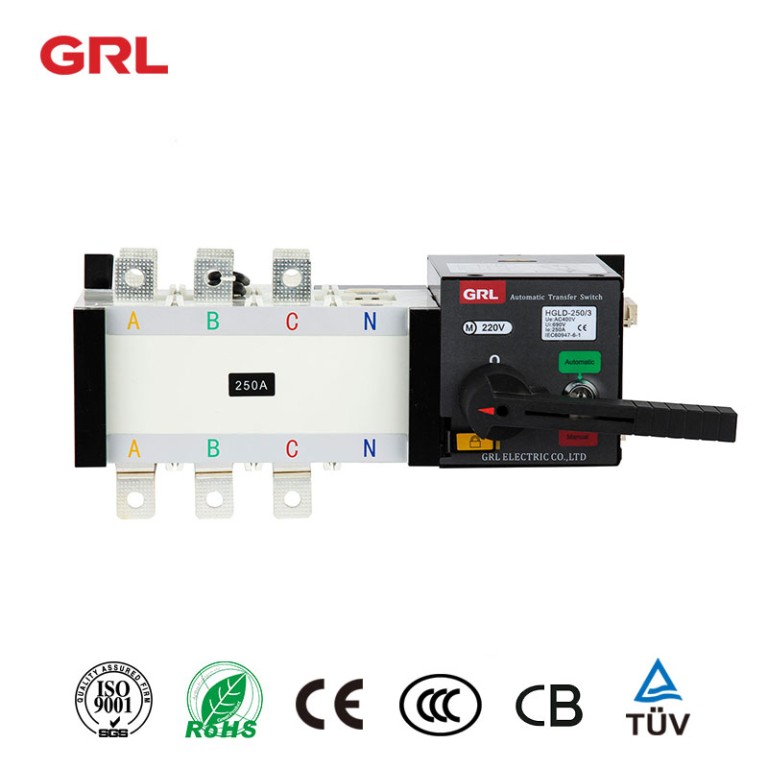ATS-Friendly Resume: Key Elements for Success

# ATS-Friendly Resume: Key Elements for Success
Understanding ATS and Its Importance
Applicant Tracking Systems (ATS) have become a critical component in modern hiring processes. These software platforms help employers manage large volumes of applications by scanning and ranking resumes based on relevance to job descriptions. Understanding how to create an ATS-friendly resume can significantly increase your chances of landing interviews.
Essential Elements of an ATS-Optimized Resume
1. Simple and Clean Formatting
ATS software prefers straightforward layouts without complex designs. Avoid using tables, columns, or graphics that might confuse the system. Stick to standard fonts like Arial, Times New Roman, or Calibri in sizes between 10-12 points.
2. Strategic Keyword Placement
Carefully analyze the job description and incorporate relevant keywords throughout your resume. Focus on:
- Job-specific skills
- Industry terminology
- Software and tools mentioned
- Required certifications
Keyword: ATS
3. Proper Section Headings
Use clear, standard section titles like “Work Experience,” “Education,” and “Skills.” Avoid creative variations that might confuse the ATS. Place your contact information at the top in a simple format.
4. Reverse-Chronological Order
Most ATS systems prefer resumes organized with your most recent experience first. This format makes it easier for both the software and human reviewers to quickly assess your career progression.
Common ATS Pitfalls to Avoid
1. Overly Creative Designs
While visually appealing resumes might stand out to humans, they often perform poorly in ATS scans. Save creative designs for portfolios or in-person interviews.
2. Using PDF Format (Sometimes)
While PDFs generally maintain formatting well, some older ATS systems struggle with them. When in doubt, submit a Word document (.docx) unless specified otherwise.
3. Missing Important Information
Ensure your resume includes all relevant details the ATS might be programmed to look for, including:
- Complete employment dates
- Job titles that match industry standards
- Education details (especially if required)
Testing Your ATS-Friendly Resume
Before submitting your resume, consider using free ATS testing tools to check how your document performs. Many job search platforms offer resume scanners that provide feedback on ATS compatibility. Make adjustments based on the results to maximize your chances of getting through the initial screening.
Final Thoughts
Creating an ATS-friendly resume doesn’t mean sacrificing quality or personality. By focusing on these key elements, you can craft a document that performs well in automated systems while still impressing human recruiters. Remember to tailor your resume for each position, keeping both the ATS requirements and human readers in mind.
